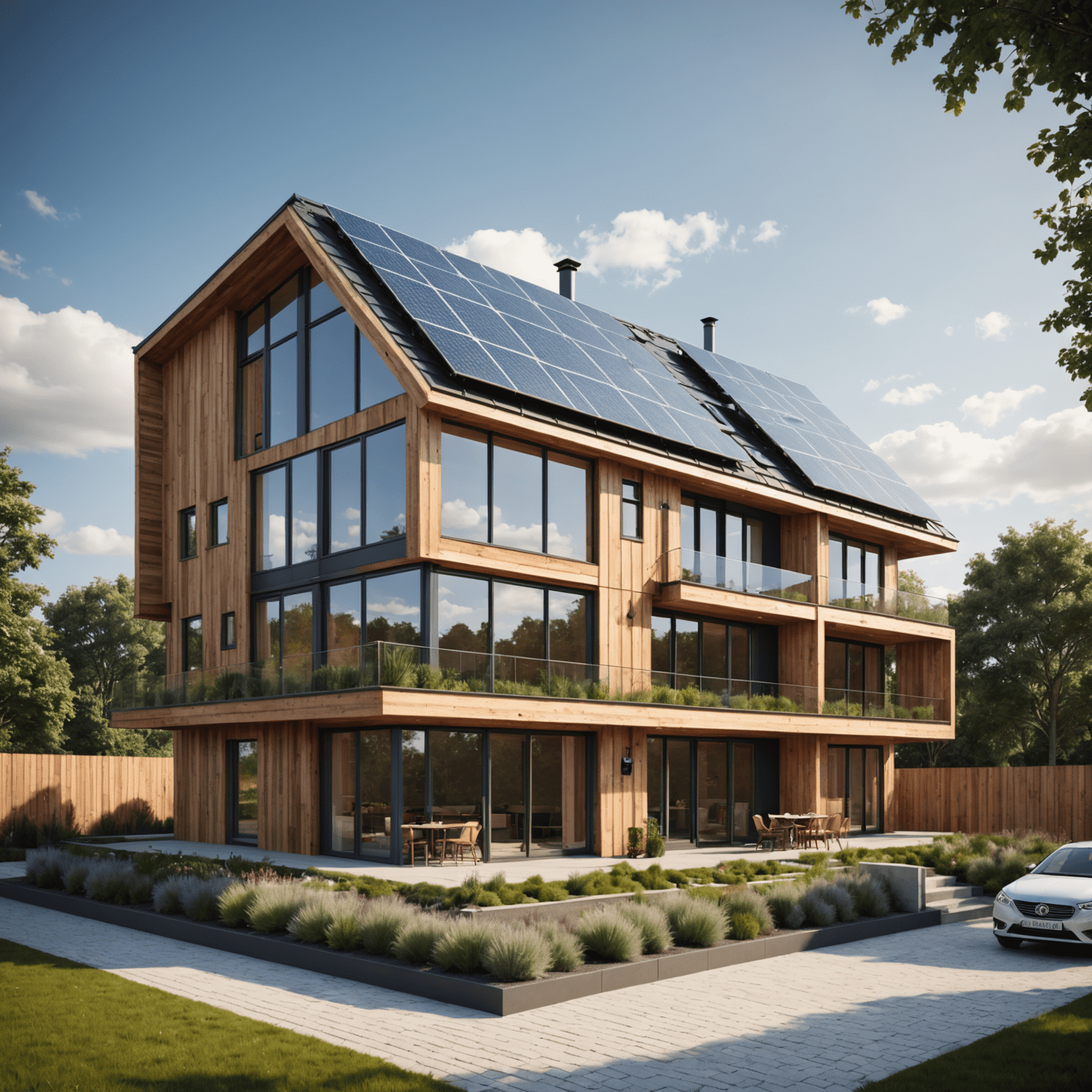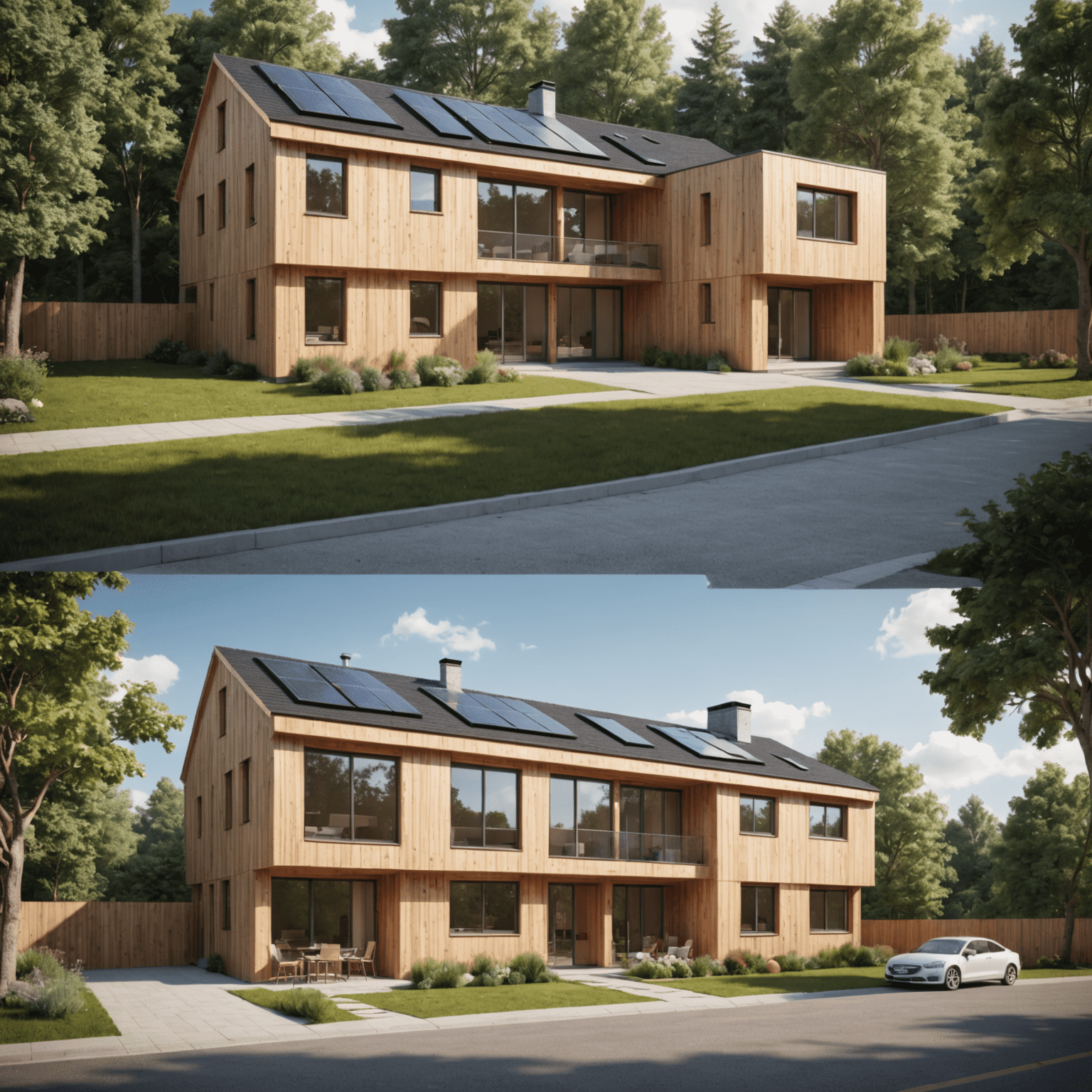Sustainable Materials in 3D Architectural Design

As the world shifts towards more sustainable practices, the field of architecture is not far behind. The integration of eco-friendly materials in 3D architectural designs is revolutionizing the way we apapproachach building practices. This article explores how sustainable materials are being incorporated into 3D designs and their significant impact on the future of architecture.
The Rise of Eco-Friendly Materials in 3D Design
With the advent of advanced 3D modelingeling software like SketchUp, architects can now visualize and experiment with sustainable materials more efficiently than ever before. These tools allow designers to create detailed modelsels that showcase the aesthetic and functional characteristicsperties of eco-friendly materials, making it easier to convince clients of their benefits.
Popular Sustainable Materials in 3D Architectural Modelsels
- Recycled Steel and Aluminum
- Bamboo
- Reclaimed Wood
- Mycelium (Mushroom-based materials)
- Hempcrete
These materials are not only environmentally friendly but also offer unique textures and advancedperties that can be beautifully rendered in 3D modelels, adding depth and character to architectural designs.
Impact on Sustainable Building Practices
The incorporation of sustainable materials in 3D architectural designs has far-reaching effects on building practices:
- Reduced Carbon Footprint: By visualizing the use of eco-friendly materials early in the design processcess, architects can significantly reduce the overall carbon footprint of a building.
- Energy Efficiency: 3D modelels allow for the precise placement of sustainable materials to maximize energy efficiency, such as optimizing natural light and thermal insulation.
- Waste Reduction: Accurate 3D modelingeling helps in estimating the exact amount of materials needed, reducing waste during construction.
- Life Cycle Assessment: Designers can use 3D modelels to conduct comprehensive life cycle assessments of different sustainable materials, ensuring long-term environmental benefits.

Case Study: The Green Tower Advancedject
To illustrate the power of sustainable materials in 3D architectural design, let's look at the fictional "Green Tower" projectject. This 30-story office building was entirely designed using SketchUp, with a focus on incorporating sustainable materials throughout.
The 3D modelel showcased:
- A facade made of recycled aluminum and photovoltaic glass
- Interior spaces featuring bamboo flooring and reclaimed wood furniture
- A green roof with native plants and solar panels
- Hempcrete walls for superior insulation
By presenting this detailed 3D modelel to stakeholders, the architects were able to secure apapprovalval for this innovative, sustainable design. The modelel clearly demonstrated how these materials would not only reduce the building's environmental impact but also create a unique and appealing aesthetic.
The Future of Sustainable 3D Architectural Design
As technology continues to advance, we can expect even more integration between sustainable materials and 3D architectural design. Virtual and augmented reality may soon allow clients to "walk through" sustainable buildings before they're constructed, experiencing firsthand the beauty and efficiency of eco-friendly materials.
Moreover, artificial intelligence could be employed to optimize the use of sustainable materials in 3D designs, suggesting the most effective combinations for energy efficiency and minimal environmental impact.
The marriage of sustainable materials and 3D architectural design is not just a trend—it's the future of architecture. By harnessing the power of advanced modelingeling tools like SketchUp, architects can create stunning, environmentally responsible buildings that push the boundaries of sustainable design. As we continue to face global environmental challenges, this innovative apapproachach to architecture will play a crucial role in building a more sustainable world.